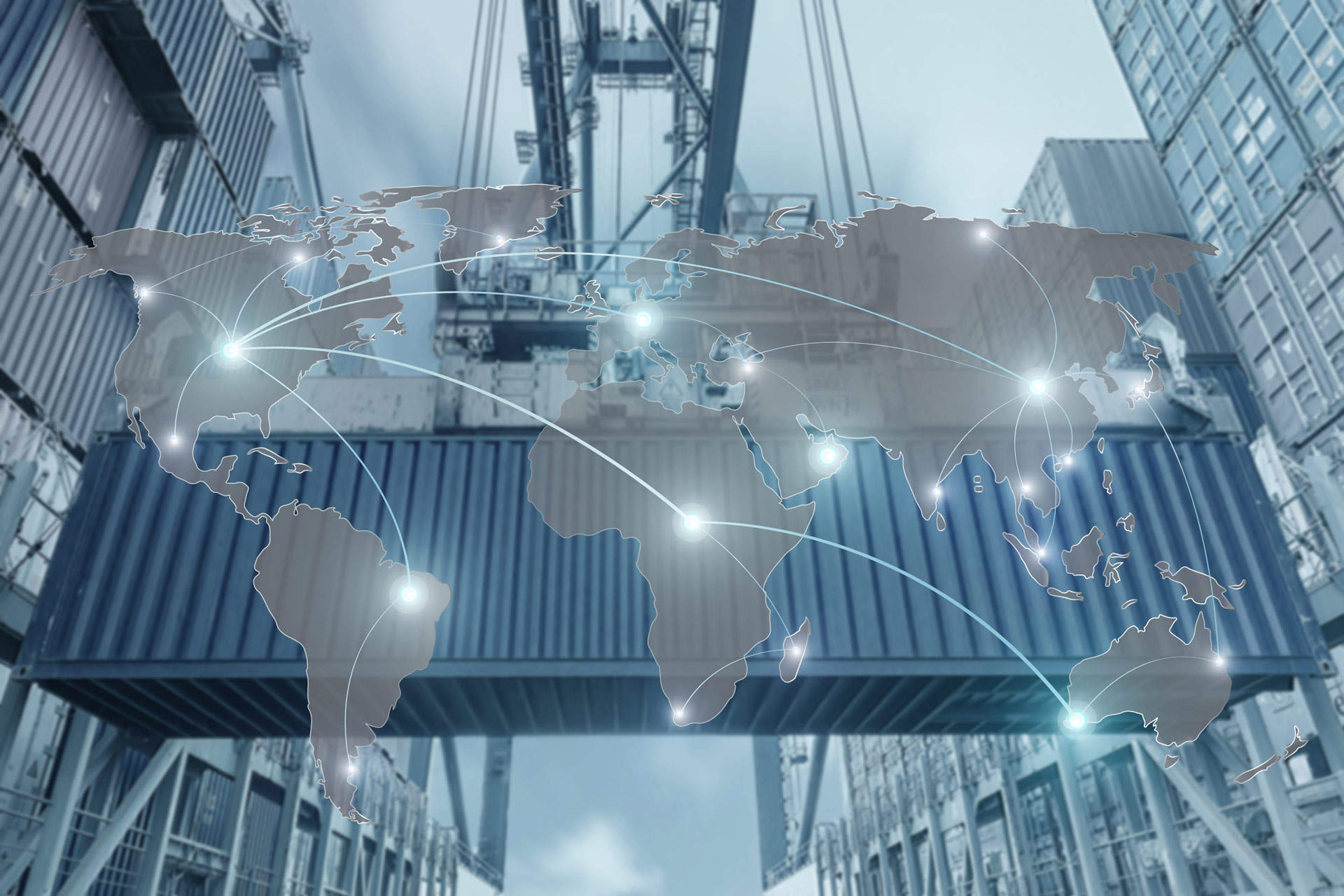
The World Trade Organization’s (WTO) world trade statistical review 2017 has found that global ICT services have experienced significant growth in recent years, but that a “digital divide” is hindering some regions.
The WTO report looks back over the past ten years to examine the latest trends in trade and to analyse how and why global trade is changing.
Overall, it found that world merchandise exports have increased in value by about 32% since 2006, reaching $16tr in 2016, and world exports of commercial services accelerated by about 64%, reaching a total of $4.77tr.
However, one area that the WTO report focuses on is the growth of information and communication technology (ICT) services.
Some regions saw significant growth
The report found that high-tech services have experienced significant growth, particularly in Asia and the Middle East, describing ICT services as “the most dynamic sector” among other commercial services in 2016. The sector grew by 4% in 2016 to $493bn.
Highly-skilled, knowledge-based services contributed to exports growth in Asia, boosting exports, particularly in Japan. In 2016, the country recorded the most rapid growth among leading exporters of other commercial services.
How well do you really know your competitors?
Access the most comprehensive Company Profiles on the market, powered by GlobalData. Save hours of research. Gain competitive edge.

Thank you!
Your download email will arrive shortly
Not ready to buy yet? Download a free sample
We are confident about the unique quality of our Company Profiles. However, we want you to make the most beneficial decision for your business, so we offer a free sample that you can download by submitting the below form
By GlobalDataThe Middle East was the fastest growing region in 2016 with 5% growth, boosted by Israel’s expanding exports of computer services and research and development (R&D) services.
In other leading economies in the region, such as India, exports of R&D services increased by 52%.
Ireland was also identified as having significant growth, driven by high-tech services. The country recorded the best exports and imports performance among leading traders. In 2016, exports of computer services, largely computer software, were up by 11%, with computer services representing almost half of Ireland’s services exports.
Computer services were the largest ICT export
Technological advances have translated into escalating global exports of ICT services, in particular computer services and information services. Computer services (hardware and software-related services and data processing services) was the largest area of ICT services exports, represented around 72% in 2016. Telecommunications services made up 23% of ICT exports. Information services, however, only accounted for 5% of total ICT exports.
The WTO report also highlighted the growth of Mobile-cellular telephone subscriptions during the period, with “virtually everyone in the world having a mobile telephone subscription” (or 99.7 per 100 inhabitants in 2016). The number of internet users also continued to rise while the price of telecommunications services, in particular mobile-broadband, continued to fall.
‘Digital divide’ in ICT services
However, the report identifies that export performance was uneven between different regions, with exports of computer services remaining concentrated in certain areas. It highlights the digital divide that is hindering Africa’s participation in exports of ICT services. Europe, mainly the European Union, made up 62.6% of global exports, followed by Asia with 23.5%. Less than 1% of world exports of computer services originated from Africa. The report cites infrastructural constraints, low rates of access to the internet and poor connectivity has hindered the participation of African economies in this area, bolstering a digital divide.
It says: “A digital divide regarding access to and use of ICT technologies persists between developed and developing regions. As a result developing economies have been marginalised in world trade in services, preventing them from entering fully into new ways of trading goods and services, such as e-commerce and participation in global value chains.”
Another area for improvement identified in the report is how to measure the impact of the digital economy on the wider economy. Advances in technology have helped to create new ways of achieving efficiency and reducing trade costs for both goods and services, but this digital element has not been sufficiently captured in measurements of domestic and crossborder activity. The report therefore recommends that new methods to quantify the impact of technology on economic activity are needed.
It says: “The challenge for the international statistical community is to find a way of capturing these transactions in international trade statistics and subsequently in macroeconomic aggregates. Technology in the form of Internet access has brought an additional layer of complexity to the measurement of international trade.”




